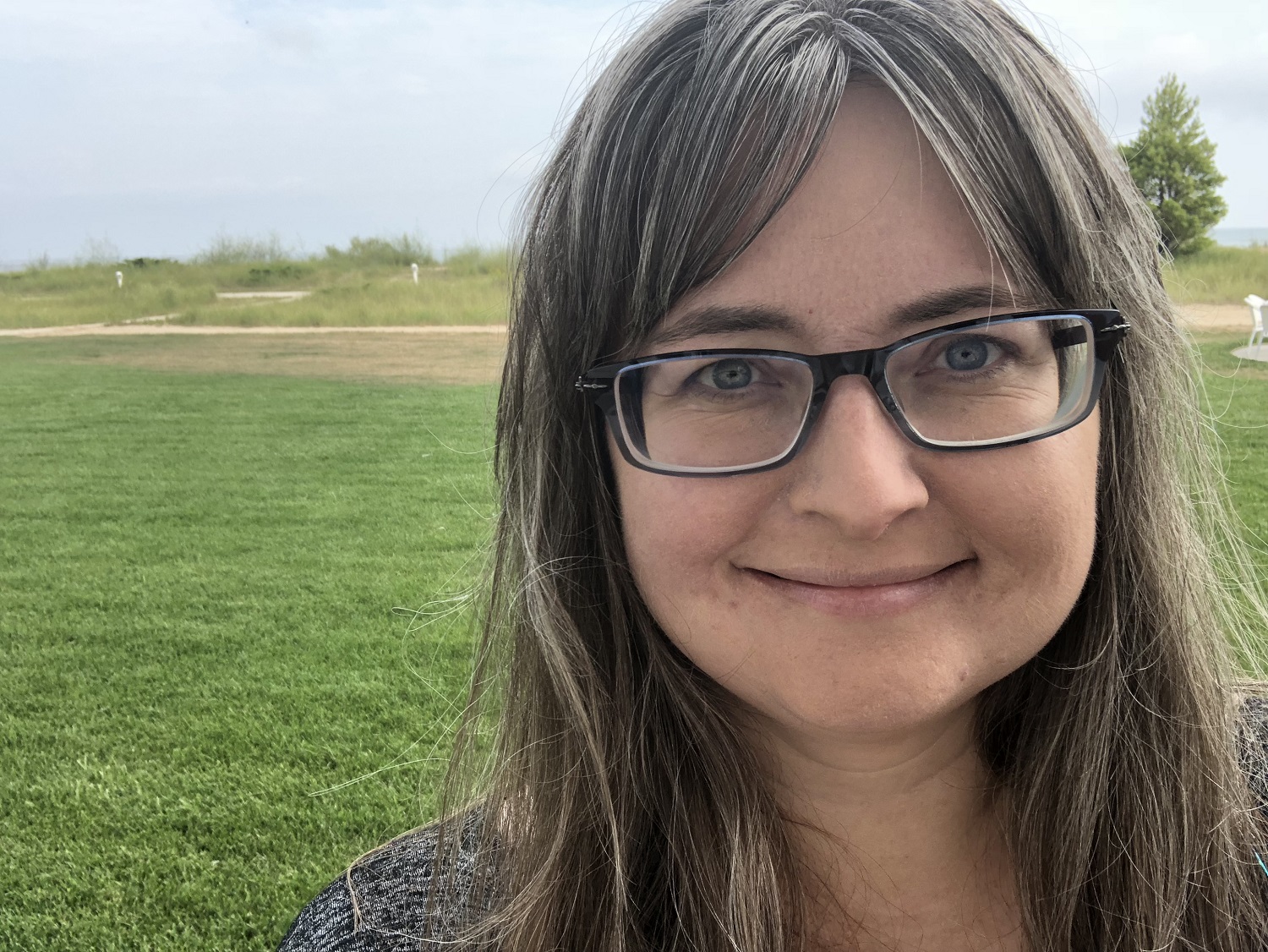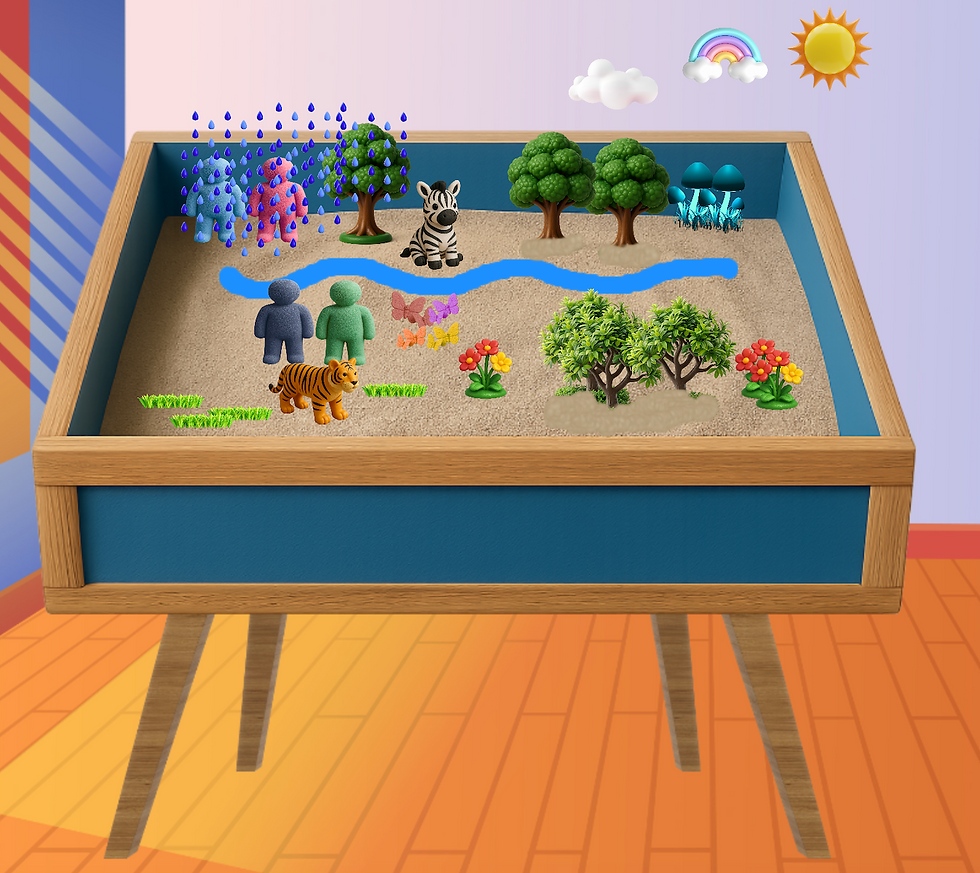5 Best CBT Courses for Anxiety and PTSD
- Jennie Lannette Bedsworth, MSW, LCSW

- Oct 18, 2023
- 7 min read
Updated: Nov 11, 2024
Browse to find the right CBT training for you and your clients.
Many therapists have a few CBT techniques in their toolbox. You may already use methods such as challenging negative thoughts or cognitive distortions.
Perhaps you’ve meant to get training in cognitive behavioral therapy (CBT) or you come from another modality and aren’t sure if it’s right for you.
Regardless, you’re in the right place! I’ve trained for hours upon hours in multiple CBT treatments (particularly those for anxiety and PTSD) as well as supplemental treatment modalities. At some point I had to cut off the training and get to work!
Here’s a look at courses I recommend, based on direct experience. Most of my experience has focused on treating trauma and anxiety, however these courses also provide a foundation for CBT in general.
Article Contents:
1. Intro to CBT for Anxiety and PTSD Course
Many therapists I’ve consulted with would tend to get stuck with specific problems such as phobias, PTSD, and other anxiety-related issues. The course Intro to CBT for Anxiety and PTSD helps you get unstuck.
Typical supportive therapy helps with many problems, and clients heal in some ways just through the therapeutic alliance. However, often specific strategies are needed to help clients overcome stuck points.
Enter cognitive behavioral therapy, or CBT, training.
Based on years of using CBT, I’ve prepared an affordable course myself that surveys the basics covered in most CBT programs for anxiety and PTSD.
Typical longer programs start at around $300, but I find that a bit outrageous if you are just getting started, so I’ve provided a shorter, more affordable CBT training.
My intention is to give you a taste of what you’d learn in more comprehensive training programs as well as a few real techniques you can use right away.
In this way, you can get an idea if it matches the needs of your clients and your own treatment modalities.
Topics covered include:
Basics of CBT including the cognitive triangle
Replacing a negative thought pattern
Challenging a cognitive distortion relating to trauma, fear, or a phobia
Using Socratic questioning
Using validation
Using mindfulness in restructuring
Using gradual (in-vivo) exposure
I don’t hold back on all of the most important elements of CBT for anxiety and trauma issues. I hope you’ll check it out!
2. Trauma-Focused CBT (TF-CBT) Training
I was fortunate to participate in a year-long training program in TF-CBT several years ago. It included ongoing workshops as well as supervision on several cases.
While it’s intended primarily for kids and teens, I’ve continued to use many of the same principles throughout my practice.
What I like most about it is that it uses a component model. The same techniques are used for most participants, but you can adapt them into any activities that cover the same concepts.
For example, you can teach cognitive restructuring through talk therapy, with the help of therapy games, with CBT worksheets, etc. It will differ with each client. In fact, many of the educational products like therapy games and worksheets that I offer through The Counseling Palette are inspired by the component idea.
TF-CBT uses a gradual approach and focuses specifically on trauma. In addition to basic cognitive behavioral techniques, participants typically complete a trauma narrative to help them process negative experiences.
The trauma narrative can get as creative as you imagine. Kids can write a story, create a play about what happened, express the story through art, and the list goes on. You can build on the interests of the child to keep them engaged in the project.
The course is very specialized, but it also covers the basics of cognitive therapy. You will learn how to use socratic questioning, how to guide gradual exposure, how to help clients establish safety, and much more.
The TF-CBT components are laid out through the PRACTICE acronym (TF-CBT, n.d):
P = Psychoeducation including parenting skills
R = Relaxation skills
A = Affect regulation (managing emotions)
C = Cognitive coping and challenging negative thoughts
T = Trauma narrative
I = In-vivo exposure
C = Combined child and caregiver sessions
E = Enhancing safety as needed
I highly recommend a full TF-CBT course at some point, especially if you work with kids. It will provide you many tools to use with any of your clients for years to come.
3. Cognitive Processing Therapy (CPT) Course
Cognitive Processing Therapy for PTSD, or CPT, is often referred to as the “adult version” of TF-CBT. It’s true – it covers most of the same components. The main difference is that instead of a creative trauma narrative adults typically write or talk about their trauma experience, rather than completing a creative project.
CPT was developed by Patricia Resick, PhD, and associates. They found that CPT worked particularly well for victims of assault. The therapy is now used for a broad range of traumas that have led to PTSD (Resick, et. al, n.d.).
Following my experiences in many other therapies, I came to appreciate CPT the most for both anxiety and trauma. It is an excellent CBT therapy that takes a gradual, gentle approach while still working fairly quickly.
Rather than saying to a client “What happened is not your fault,” you guide them into discovering that on their own.
This is done through Socratic questioning. As therapy goes on, example questions might include:
If the same thing happened to your friend, would you think they were to blame?
Is it possible past experiences may be affecting how you think about this now?
What evidence is there for or against your belief?
The socratic method doesn’t just help clients begin to question what happened. It also allows for gentle exposure and the chance for survivors to process their memories. Like TF-CBT, it provides for some flexibility as participants move through the trauma.
Traditionally, clients would always write a trauma narrative as an element of exposure in CPT. However, over time the developers found that this wasn’t always necessary, so it’s now an optional part of the therapy.
If you work mainly with older teens and adults, CPT may be the right way to go.
4. Dialectical Behavioral Therapy - Prolonged Exposure (DBT-PE) Training
Prolonged exposure (PE) was one of the earlier therapies for PTSD. Experts were beginning to understand that talking through a trauma, rather than avoiding it, was the key to moving forward (Foa, et. al, 2007).
PE was the first real therapy modality I learned following grad school. It is a combination of intense exposure to the memories of a trauma along with non-directive CBT-style processing afterwards.
I have to say, this therapy works, and it typically does so quickly. During repeated sessions, the participant tells the story in the presence of the therapist. As they repeatedly describe what happened, they become desensitized to it, to the point that the memories have no control over them.
The struggle with traditional PE is that it leaves more of the processing up to the client, with minimal direction from the therapist. Some therapists have found that it has a higher dropout rate than other types of therapy, because of its intensity.
To solve this problem, experts in dialectical behavioral therapy (DBT) developed an adaptation of early prolonged exposure. It allows for more directive processing, like in other CBT therapies. It also incorporates the safety elements of DBT to help high-risk clients.
I had the privilege of training with the developer of this program early on in its inception. Since I had only used PE at that point, it was a welcome update.
DBT-PE includes the following phases (Harned, n.d):
DBT for behavioral control
Prolonged exposure including imaginal and in-vivo exposure
Follow-Up DBT per needs of the client
As you can see, it incorporates exposure elements into the familiar framework of DBT. Participants can use their DBT skills to cope with any difficulties they encounter during the process.
DBT-PE courses also teach that you can provide more directive coaching than with traditional prolonged exposure therapy. If a client is struggling to challenge a certain negative thought, for example, you can guide them similarly to the method used in cognitive processing therapy.
This allows for a wider variety of clients to participate. For example, those with overlapping personality disorders may be a good match for this therapy.
As a therapist, this program may be best for you if you primarily use DBT as your modality. It does a nice job of combining skills with the best components for overcoming PTSD.
5. Basics of CBT with Beck Institute Course
Of course I’d be remiss if I didn’t mention the ultimate source of CBT itself, The Beck Institute. They offer so many specialized courses you’ll have plenty to choose from.
Mainstream CBT courses are used for most problems in mental health, including anxiety, PTSD, depression, self-esteem, weight management, illness management, and much, much more. If you have a more generalized practice and treat a variety of issues, this may be the best approach for you.
New waves of CBT go beyond the basic restructuring and incorporate mindfulness and other relaxation techniques. The Beck Institute is up on the latest, and has modified earlier protocols (Beck Institute, 2023).
But with all of their choices, where do you start? With some digging I did find a basics course for beginners.
The Basics of CBT: Essentials is one of their cornerstone courses that can provide the foundations as you move through more extensive training. However, I would also recommend browsing what they currently have available in case one of the other CBT classes works best.
Choose Your Course!
If you’re new to CBT I wish you the most fun and satisfaction on your journey! It doesn’t have to take over your entire approach to therapy, but it is a great foundation or supplement for any practice.
All of the courses above are excellent and can prepare you to provide an expert approach that goes beyond general or eclectic modalities. I know that the more involved classes are expensive, and most cost several hundred dollars.
That’s part of why I developed my class, so it can give you an overview at an affordable price. You’ll get a real sense of what CBT is and what steps you might take next.
To get started, check out my Intro to CBT course, plus browse our creative CBT resources that can make a great supplement to your work with clients.
Jennie Lannette, MSW, LCSW, has 15 years of experience in clinical social work. She specializes in CBT treatments for anxiety and PTSD.
Sources:
Basics of CBT for Anxiety and PTSD, 2023. The Counseling Palette.
Beck Institute, 2023. Cognitive Behavioral Therapy.
Foa, et al., 2007. Prolonged Exposure Therapy for PTSD: Emotional Processing of Traumatic Experiences, Therapist Guide.
Resick, et al, n.d.. Cognitive Processing Therapy for PTSD.
TF-CBT, n.d., Therapist Certification Program.
CPT for PTSD.







Comments